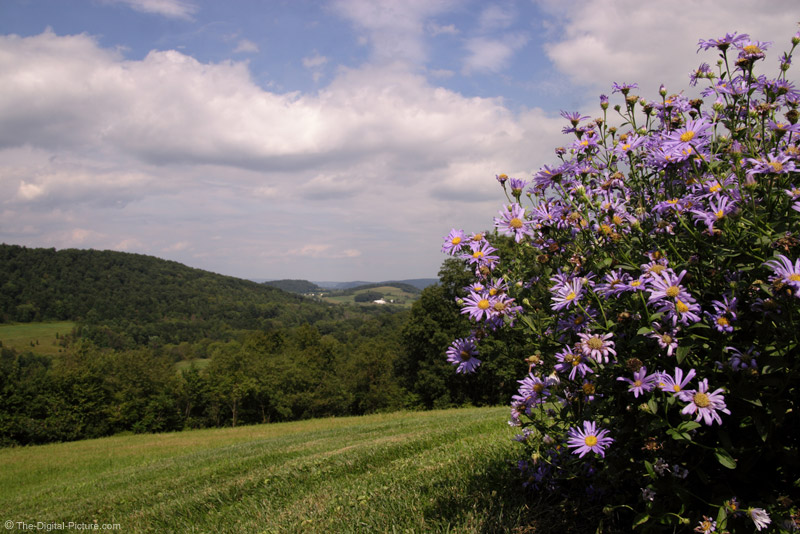

#Landscape pictures how to
See also: Landscape Photography Settings | How to Set the Focus.This image also demonstrates how a vertical composition can be more dynamic than its horizontal counterpart, as it allows you to be more creative with the scene by exaggerating the depression itself, making it seem bigger than life, adding depth and making the landscape seem vast with an illusory vanishing point somewhere near the mountain in the distance. Rather than allowing them to see everything, you are focusing their attention on the subject of your photo instead, making for a much more interesting and compelling frame! This helps to cut out distractions, such as other geothermal depressions within the immediate vicinity that might otherwise catch the viewer’s eye. The effect is achieved by removing the viewer’s peripheral vision within the scene. Shooting vertical landscapes can focus attention and create a more dynamic scene. Shooting landscapes vertically can also be used to focus a viewer’s attention on a single subject, such as this depression within the ground of a geothermal area in Iceland. See also: The Ultimate Guide to Photographing Ice Caves in Iceland.In this photo of an ice cave in Iceland, the vertical orientation serves to highlight the height of the ice cave itself, exaggerating the snow in the foreground and thereby creating a sense of depth, giving scale to the rest of the image. Vertical orientation can create a sense of depth. It allows you to utilise the subject’s gaze to highlight other leading lines, giving the sense that the subject might be moving deeper into an image or towards the camera. Shooting vertically is also perfect for landscape photography when your subject is either looking up or down. See also: The Best Waterfalls for Photography in Iceland.The rocks serve as an anchor for the two different ranges of motion, which increases the impact of the scene. This technique contributes to amplifying the sense of motion in the image, along with the downward motion of the waterfall cascading into the smooth and dreamy water below. By photographing this scene vertically, the Aurora is given space within the frame to continue moving, which is why it appears to be dancing through the sky. In the foreground, there are some rocks acting as a leading line into the waterfall and the Northern Lights. The vertical orientation compliments the two subjects here, which are the Aurora Borealis and the waterfall itself. Take this example of the Northern Lights in Iceland, shooting up from a position in the sky over the thundering Goðafoss waterfall. Vertical images can amplify the sense of motion. See also: Complete Travel Photography Guide to Seljalandsfoss WaterfallĪnother situation in which you might shoot vertical as opposed to horizontal for landscape photos is when your subject is taller than it is wide.Leading lines are accentuated with the distortion of a wide angle lens to create a more dynamic image when shot vertically. As you can see in the image below, shooting the image vertically makes the sheer cliffs seem even more steep, highlighting the leading lines from the cliffs and the waterfall into the peak of the mountain itself. By shooting in vertical format, you can accentuate the drama and dynamic qualities of these subjects. These types of scenes work very well when shot in vertical format, due to their height. Consider a very tall waterfall or a mountain.

Vertical landscape photos work best when the subject of your photograph is also vertical. When to Shoot Vertical Landscapes With a Vertical Subject See also: A Practical Guide to Golden Hour Photography in Iceland.So when exactly is it best to shoot vertical and how will you learn to master compositions in this orientation? Shooting a landscape in vertical format or ‘portrait’ orientation can also help you to exercise your eye for composition. In fact, some landscapes look their best when you turn your camera onto the vertical axis, creating a much more compelling scene that attracts the viewer’s eye. However, not all landscapes are suited to the horizontal view.


 0 kommentar(er)
0 kommentar(er)
